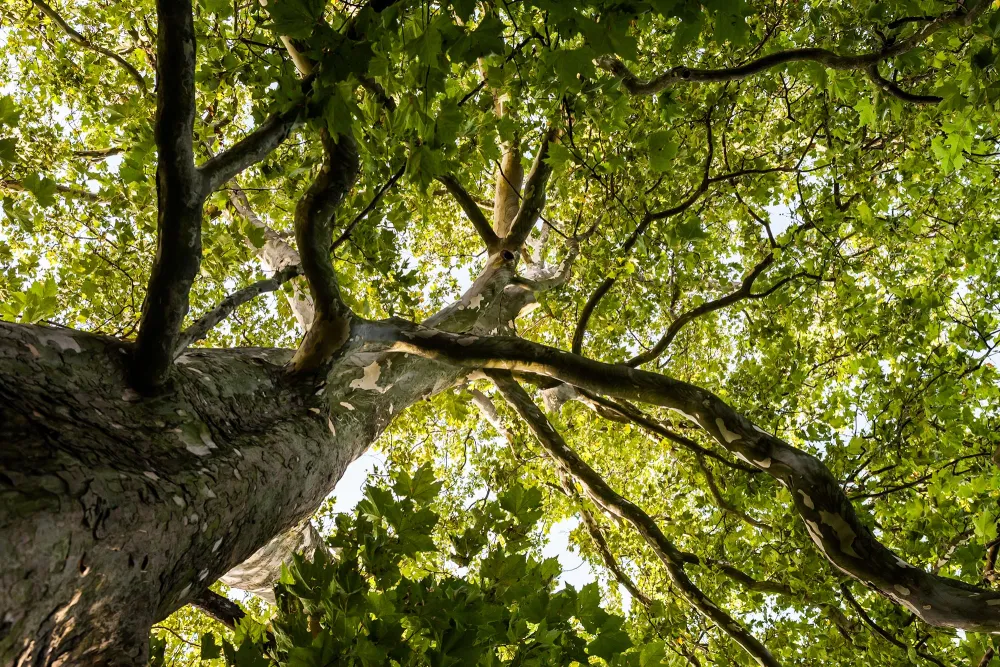The Arbor Day Foundation is pledging 10 million trees to areas impacted by hurricanes Helene, Milton Help us replant
Bulletin
Understanding Tree Canopy Assessments
Urban tree canopy assessment is an important tool that can help communities gauge their environmental sustainability and plan for improvement. It is a complex subject and usually requires expert assistance, but it is well worth the effort and expense, as urban forests are increasingly considered part of a city’s infrastructure and a key component of sustainability.

It is true that death and taxes are the certainties of life but so is the inevitability of change.
This is apparent in urban forestry as the field becomes more and more sophisticated. Gone are the days when community trees were only a thing of beauty and a source of shade for summertime relief. Today, trees are well-known for their practical and economic contributions, including energy reduction, stormwater runoff management, carbon sequestration, and improved public health. With this change in awareness has come the demise in most communities of simple “windshield surveys” and card files to collect data, evaluate the community forest, and perhaps determine planting needs.
Change has led to new tools and methods in urban forestry guided by research, innovation, and the availability of new technology. Urban tree canopy assessment is one such development, particularly the use of high-resolution aerial or satellite imagery that allows accurate assessments over large areas. This bulletin is not intended to be a how-to manual but rather a way to help the uninitiated gain a basic understanding of this relatively new and sophisticated tool and to get help implementing it in more communities.
In This Bulletin
Here’s what’s inside:
- Some Canopy Assessment Basics – the basics of this valuable tool
- Some Methods of Canopy Assessment – tools available for estimating urban canopy
- Canopy Assessments in Action – two communities using canopy assessments as a guide for future work

